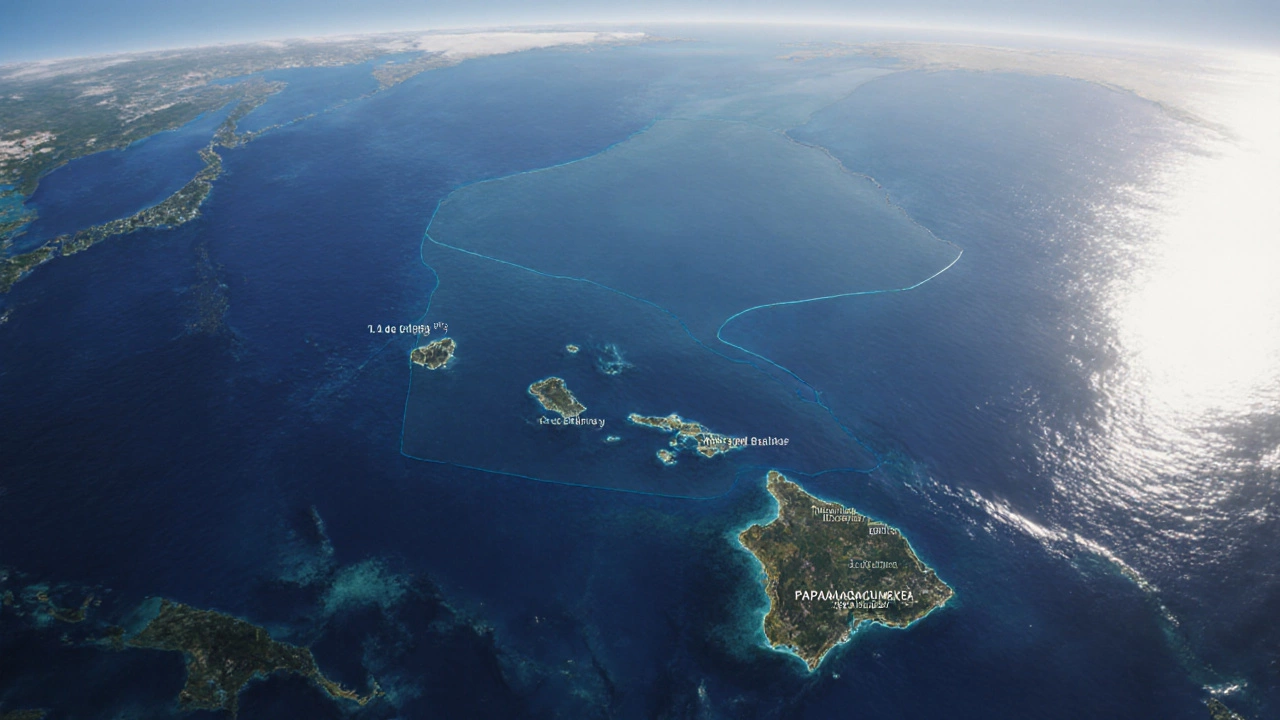Marine Protected Area: What They Are and Why India’s Coast Needs Them
A marine protected area, a designated stretch of ocean where human activities like fishing and drilling are limited to protect marine life. Also known as marine park, it’s one of the most effective tools we have to bring back dying coral reefs, restore fish populations, and give sea turtles and dolphins a real chance to survive. India has over 7,500 kilometers of coastline, from the mangroves of the Sundarbans to the coral reefs of the Andamans, but less than 1% of its ocean is under real protection. That’s not enough.
Marine protected areas aren’t just about banning fishing—they’re about letting ecosystems heal. When you stop dragging nets across the seafloor or dumping plastic near breeding grounds, fish come back. Bigger fish. More种类. And that helps local fishermen too, because when fish populations recover inside the protected zone, they spill out into nearby waters where people can legally catch them. It’s not magic—it’s biology. Places like the Gulf of Kutch and the Lakshadweep Islands have shown that even small, well-managed protected zones can double fish biomass in just five years. And it’s not just about fish. Sea turtles, dugongs, and rare dolphins rely on these quiet zones to raise their young without boats, nets, or pollution chasing them away.
India’s marine conservation, the effort to preserve ocean habitats and species from damage caused by human activity. Also known as ocean protection, it’s still in its early days here. Most protected zones exist on paper, not in practice. Enforcement is weak. Tourists still leave trash on beaches. Local communities often don’t get a say. But change is happening. Groups are working with fishermen to create community-led marine reserves. Scientists are mapping coral health with drones. And travelers are starting to ask: Is this beach protected? Are the fish here safe? That’s where you come in. Whether you’re diving in Goa, trekking along the Konkan coast, or just eating seafood in Mumbai, your choices matter. Support eco-certified tour operators. Say no to single-use plastic. Ask where your fish came from. These aren’t small acts—they’re the foundation of real protection.
What you’ll find in the posts below aren’t just travel guides—they’re real stories from India’s coastlines. You’ll read about places where marine protected areas are working, where they’re failing, and how ordinary people are stepping up to protect the ocean. No fluff. Just facts, local voices, and what you need to know before you next visit the sea.
